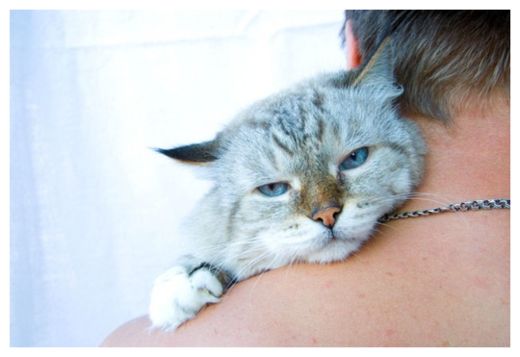
© Thinkstock
Cats have been man's other best friend for thousands of years, with the first felines coming into the lives of humans at least 9,500 years ago, based on a grave unearthed in 2004 in Cyprus that contained the remains of a cat with its possible human master.
Since then, cats have spread to Egypt and throughout the rest of the world and have quickly become the most popular domestic pet in the world today, outnumbering dogs as pets by three to one.
However, while cat lovers often view their cuddly fur balls as another dependent, rather than an actual cat, those fur balls tend to look at us in a somewhat different way.
According to
Dr. John Bradshaw, a British anthrozoologist of the University of Bristol, our cat friends look at us as just a larger, more docile version of themselves and has detailed his findings in a new book titled "Cat Sense," which was recently reviewed by
The New York Times.In his book, Bradshaw maintains that despite how much our pet cats infiltrate our daily lives, as can be seen in thousands of YouTube videos shared from around the world, cats are still essentially wild animals. And while most seem domesticated enough, they still have at least some wild elements about them.
If you sit and watch your cat long enough, you will see their wild side come through. Cats are hunters, and even living the domesticated life, they still want to hunt and continue to hone their skills in the form of what most people consider play time with kitty. But to the cat, this is considered a training exercise.
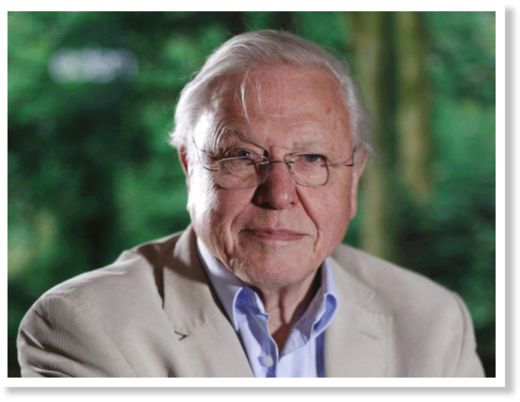
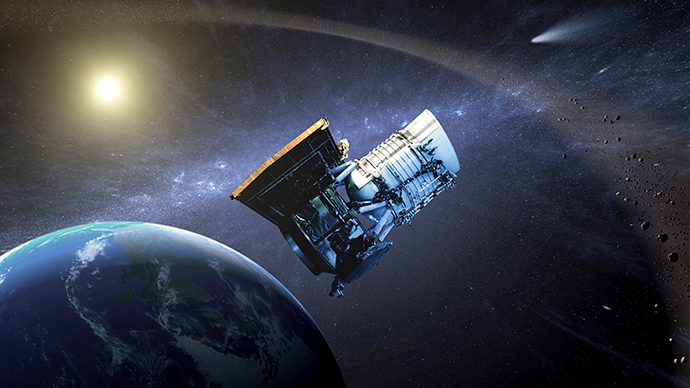

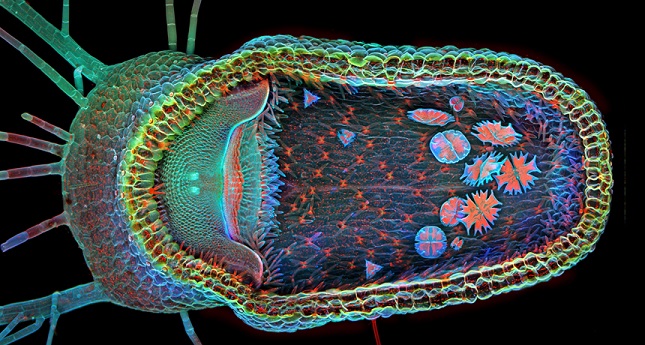
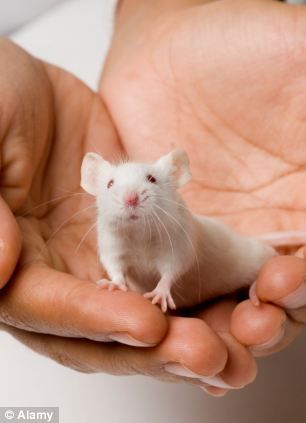
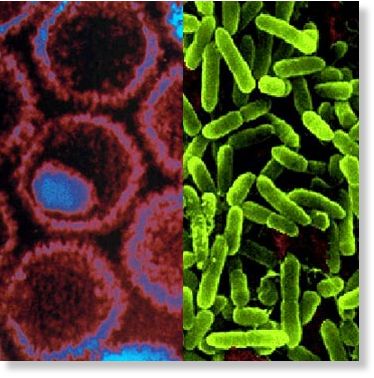
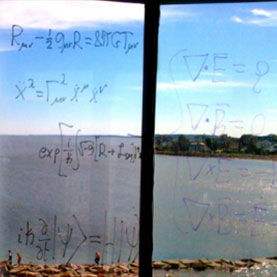
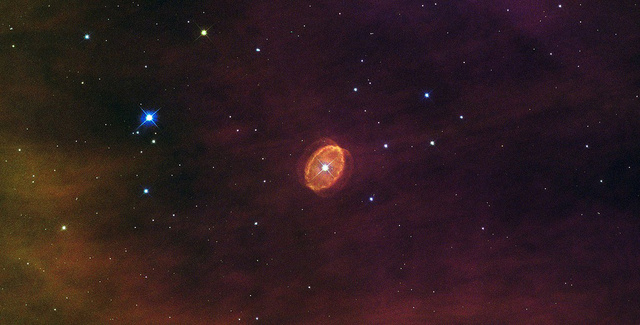
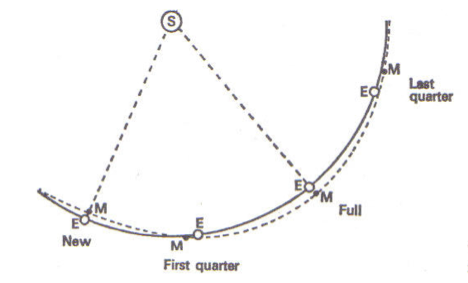
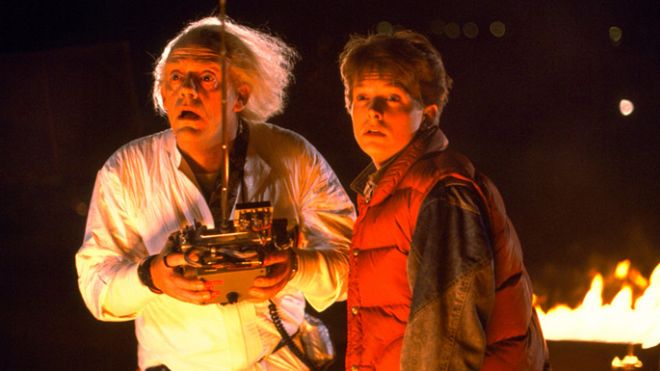



Comment:
David Attenborough: Our planet is overcrowded
David Attenborough: 'Humans are a plague on Earth'
Yeti evidence is 'convincing' says wildlife expert Sir DavidAttenborough